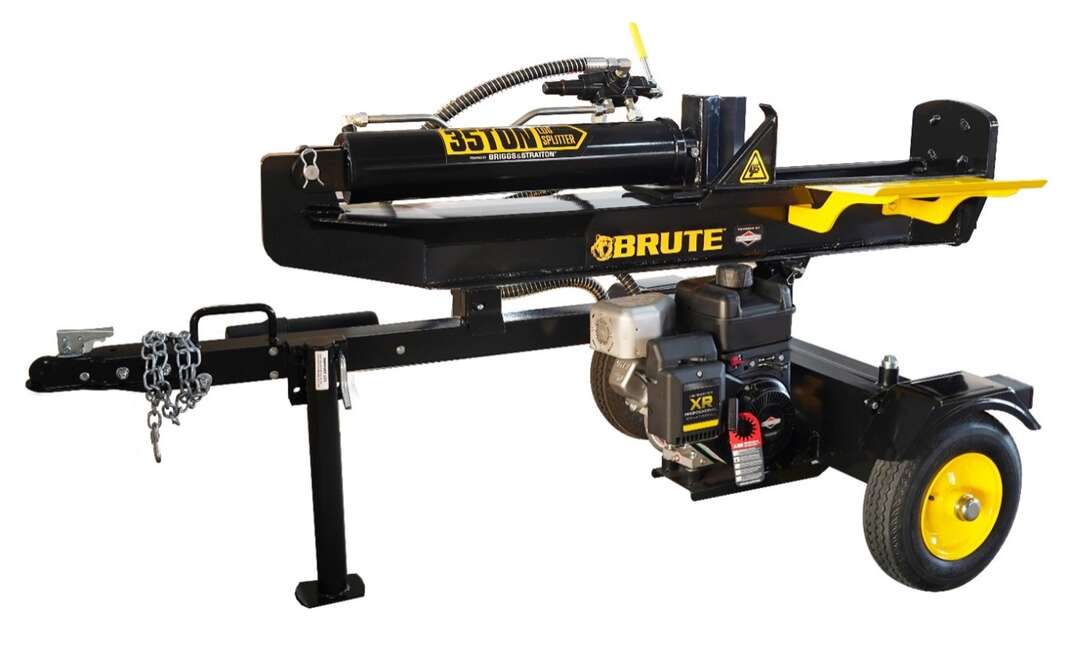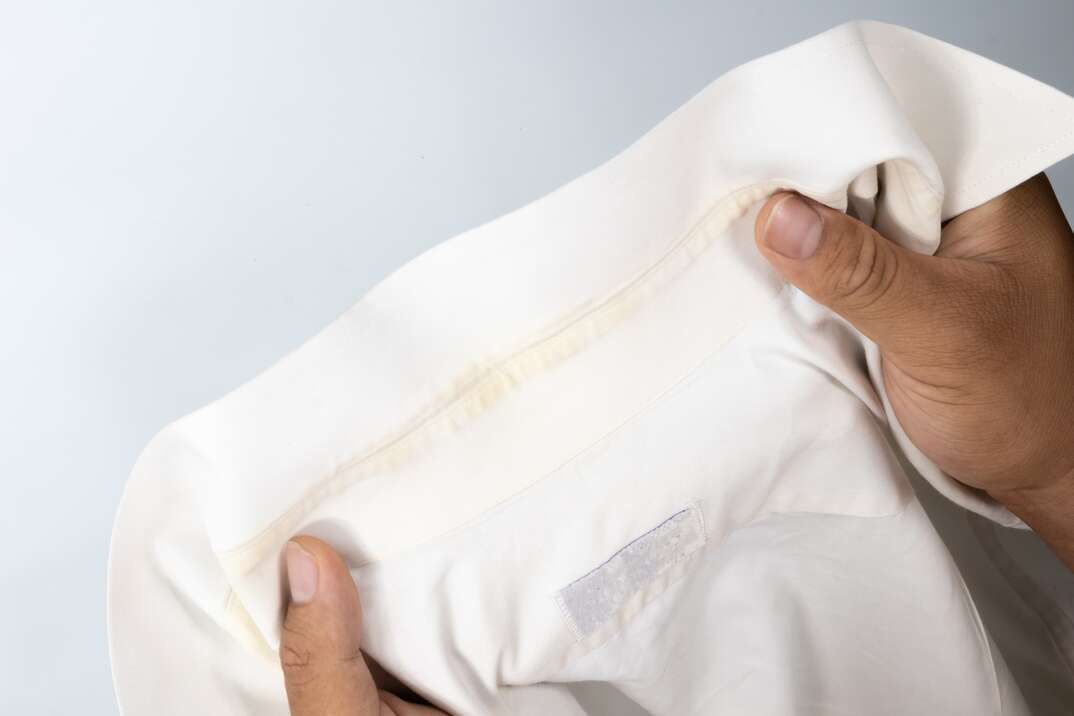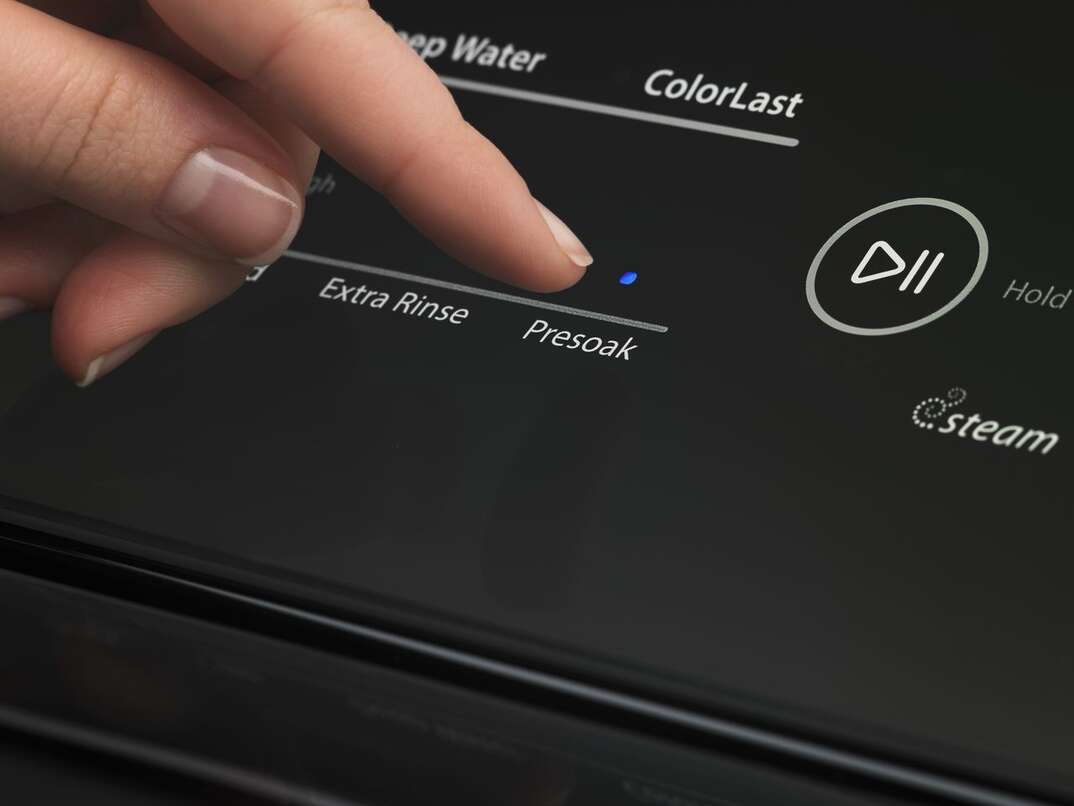How to Choose the Right Oven or Cooktop for Your Kitchen
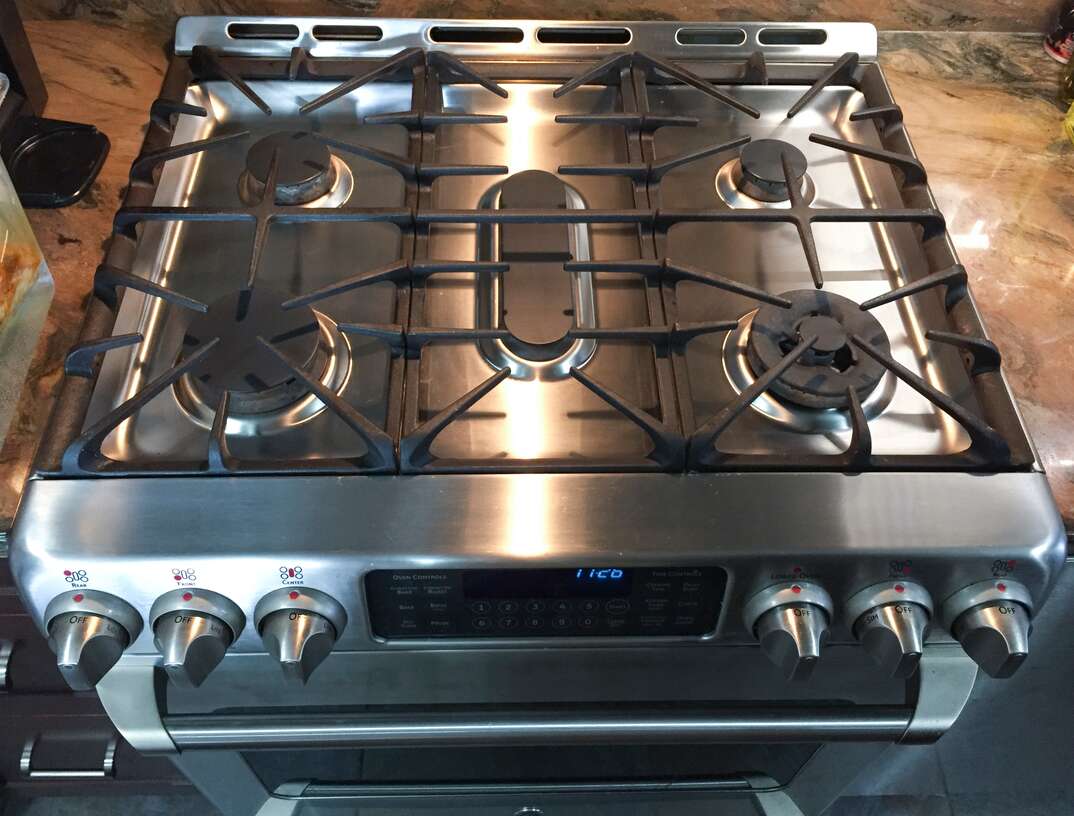
Whether you're renovating your entire kitchen, or you’re just replacing an existing cooker, choosing a new one can be overwhelming. Picking the right one for your kitchen focuses a lot on functionality — because you want to ensure you can easily make your family’s famous recipes or your world-famous cookies — but you also need to think about aesthetics. You want your new range to look good in your kitchen.
This May Also Interest You: What Do You Do With an Old Appliance? How to Recycle Fridges, Washers, Ovens and More
Use these tips to make the process of choosing a new cooker even easier.
Things to Consider When Choosing a New Cooktop or Range
Your new oven or cooktop needs to fit your kitchen well, both size-wise and aesthetically. It should also have the functions you need based on your cooking habits.
Style
Understanding the terminology for cooking appliances and the styles available will help you decide what you need.
An oven is the enclosed cavity that you use for baking and roasting food. The cooktop is the flat surface with burners where you can use skillets, saucepans and pots. Cooktops may also be called stovetops. You can buy the oven and cooktop as separate units, often with the oven built into the wall and the cooktop in a separate part of the kitchen integrated into your countertop with cabinets below.
Ranges or stoves are combination units with a cooktop and an oven together. Ranges can be freestanding with finishes on all sides, slide-in without an attached backsplash panel or drop-in, which is like a slide-in, except it sits on a cabinet base.

Size
When you're replacing an existing oven, range or cooktop, the easiest option is to buy a replacement of the same size. The surrounding cabinetry and countertops are already in place to fit the current size of appliances. If you buy a larger oven or cooktop, you'll need to make modifications so it fits. If you buy a smaller unit, you'll have gaps on either side. If you're changing the size, consider how much cooking space you need to ensure your new cooking appliance works for your family. For a total kitchen remodel, you have more flexibility since you'll replace the cabinets anyway.
Measure your existing unit to compare new models to the size. Don't forget to measure your doorways to ensure your new oven can make it inside your home easily. You'll also want to consider the oven capacity, which is how much space it has inside.
Fuel Type
Choosing between gas and electric stoves usually starts by considering the fuel source of your current model. It's easiest and cheapest to stick with the same fuel type, but you can switch if you want to try something new, or if you have existing hookups for both electric and gas. You'll need a professional to install the new power source, such as having a plumber install a gas line if you're switching from electric to gas.
Gas stoves offer instant heat, whereas electric stoves take some time to warm up. Serious home cooks often prefer the precision heat control of a gas cooktop. However, an electric stove eliminates open flames, which can reduce the risk of fires, and you don't have to worry about gas leaks or carbon monoxide poisoning. Plus, bakers may find it’s easier to control the heat of electric ovens.
You can also get dual-fuel ranges. The cooktop features gas burners while the oven is electric. You can often get a convection oven in a dual-fuel range.
More Related Articles:
- How Much Does a Stove or Oven Cost?
- Gas Stove Vs. Electric Stove: Which Is Best For You?
- How to Clean an Electric Stovetop
- How to Clean Your Gas Stovetop
- Should You Use Your Oven’s Self-Cleaning Feature — and, If So, How?
Features
Stoves and ovens come with a wide range of features. Some of the features will be useful to use, while others are extras that you don't necessarily need. A unit with lots of features will cost more, so decide which features you truly need. Pay attention to standard and special features to find things that make sense for your kitchen, including:
- Types of controls and where they're located
- One or two oven compartments
- Induction cooktops
- Convection ovens
- Self-cleaning ovens
- Digital oven controls
- Number and types of burners, such as a fifth burner or a griddle on the cooktop
- Bluetooth compatibility
- Fingerprint-resistant finishes
- Delay timer
- Hidden baking elements
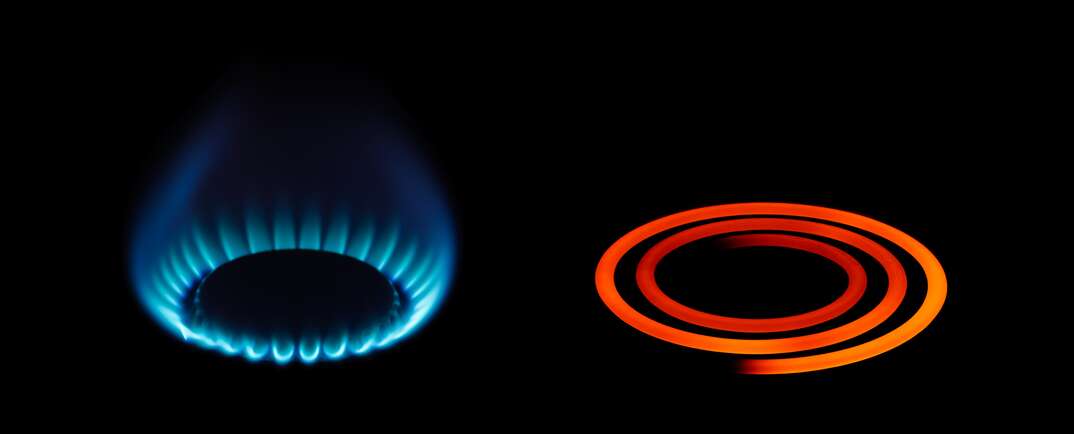 -------------------------------------------
-------------------------------------------
Tips For Making a Final Decision
- Set a budget. Decide on your maximum budget for your cooker before you shop to avoid overspending.
- Consider your cooking style. Think about how often you cook and the type of things you cook. Ensure the new unit has features that are compatible.
- Look at the current setup. The easiest option is to go with an updated version of your old appliance, including the fuel type, size, configuration and style, such as slide-in or freestanding.
- Decide on the look. Functionality is important, but appearance is also a consideration. Compare color and finish options and the overall design of the oven or cooktop to choose one that fits your kitchen.
